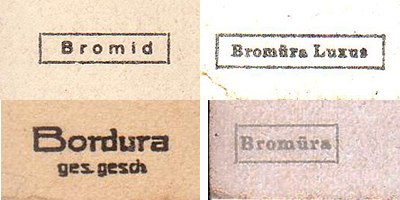The Evolution of the Postcard
The first postcards were monochrome and very simple in design. The decorations included vignettes and unusual fonts. They were printed using lithography.
When high-quality thin cardboard began to be used for postcard production, monochrome was replaced by color lithography, often using embossing, die-cutting, and gilding. Postcards turned into real works of art.
It is believed that the first person to use color lithography for printing postcards was the Berlin publisher J. Miesler . He is also called the forefather of the “Gruss aus…” (“Greetings from…”) type postcards that appeared at the beginning of the last decade of the 19th century in Germany, Austria and Switzerland. These postcards caused a real boom in Europe and remained popular until the end of World War I. The first philocartists, collectors of postcards, also appeared at that time.
The postcards were issued in fairly large print runs. For example, the Munich publisher Ottmar Zieher claimed that in October 1895 alone he sold more than 6,000 different postcards with views of Germany and Austria-Hungary, and the following month he was already selling series with views of America, Portugal, Italy, England, Scandinavia and other countries. Even the price at which one could buy the postcards is known - 80 pfennigs for 10 pieces, 5 marks for 100 pieces. These postcards were printed in the Leipzig printing house Emil Pinkau & Co. (E. Pinkau & Co).
Methods of printing postcards
Let's look at some technological methods of printing postcards. Let's make it clear right away that this will mainly concern Germany in the period from the late 1870s to the end of World War I. The reason for this is not only that we are interested in East Prussian (read - German) postcards, but also that it was the Germans and precisely during this period who were, as they say, at the forefront of technical progress in many industries, including printing.
At the beginning of the period under review, for several years the main method of printing postcards was lithography, both monochrome and color. Lithography, especially color, was a rather expensive printing method, with a lengthy pre-press process of making a form (stone), with the need for several runs to apply different colors. In order to reduce the cost of a unit of printed product (actually, one postcard obtained by the lithographic method), thousands of copies were needed, while the process of making a print run from order to receiving the finished product took several months. Somewhat cheaper than color lithographs were the so-called photo-tinted cards, made using black and various shades of gray.
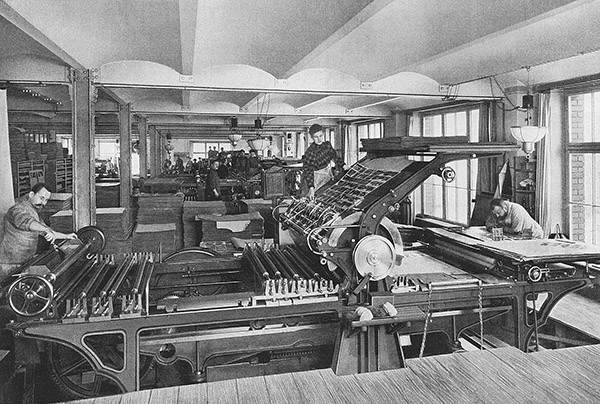
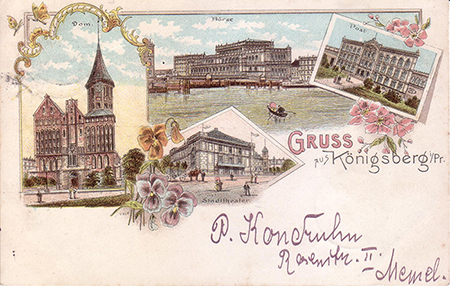
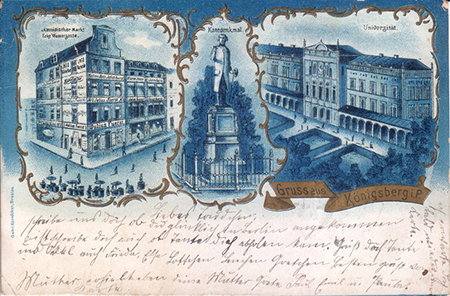
As early as the mid-19th century, a printing method called phototype (or collotype) was invented. In this printing method, a glass or metal plate coated with a light-sensitive composition containing gelatin is used as a form, onto which the image from the negative is transferred. Despite the fact that phototype was unable to convey original colors, the accuracy of the transfer of image details was very high. Postcards printed in this way were monochrome, and, in addition to black and white, cards made in blue tones were also popular. Phototype was widely used by such famous publishers as Stengel & Co. and Roemmler & Jonas.
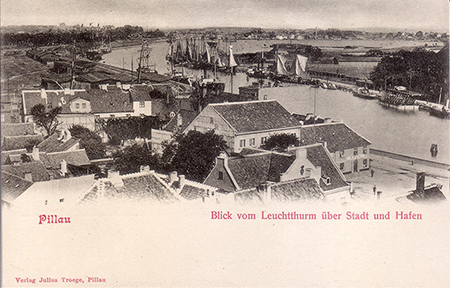
In Russia, postcards issued by the Moscow publishing house “Fototype Scherer, Nabgolts and Co.” were popular.
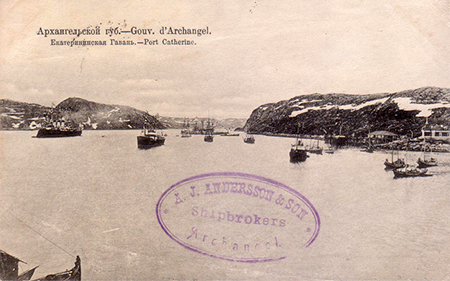
Halftone printing allowed for quick and high-quality printing of photo reproductions using typographic methods. But monochrome postcards were not as popular with buyers as color ones, so publishers found a way to “color” the postcard.
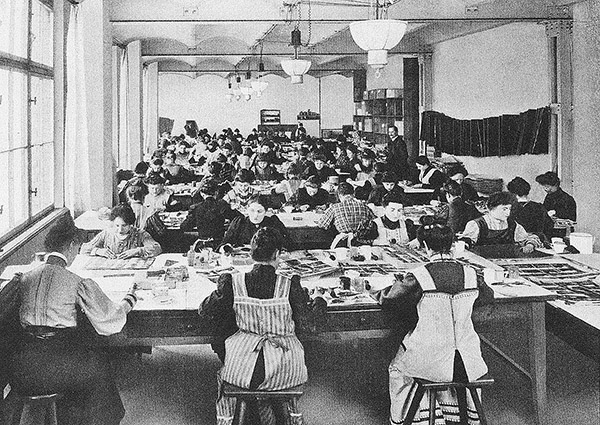
At the very beginning of the last century, technologies appeared that combined halftone printing with chromolithography, which made it possible to obtain color photographic reproductions. And although the colors on the postcards differed from the real ones, the combined processes made it possible to print large editions in a short time, which reduced the final cost of the postcards. For example, the Dresden publishing house Emil Pinkau & Co. developed a combined method called "Heliochrome", and Louis Glaser from Leipzig proposed the "Autochrome" printing method. Other publishers had their own similar methods and their own little secrets.

The combination of phototype and chromolithography led to the appearance of color phototype. However, publishers rarely used only one printing method. As a rule, they had several printing technologies at their disposal. To speed up printing, presses for larger paper formats appeared. Color phototype was used, in particular, by the company Schaar & Dathe.
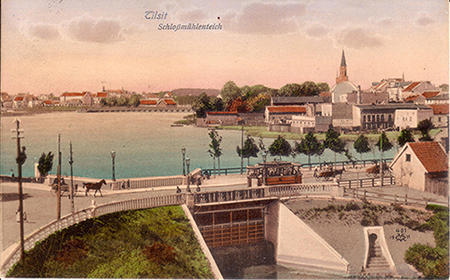
Another interesting method of printing postcards was the photochromic process. Patented in January 1888 by H.Y. Schmidt, an employee of the Swiss company Orell Fuessli, photochrom began to be widely used to create color images. Printing was still done on lithographic presses, but to create a color rendition close to the original, several forms were made from a black-and-white photographic negative using the same phototype. Depending on the number of colors, up to 15-18 forms were made, and each color was applied in a separate run. Photochrom was used in the production of postcards at the turn of the 19th and 20th centuries.
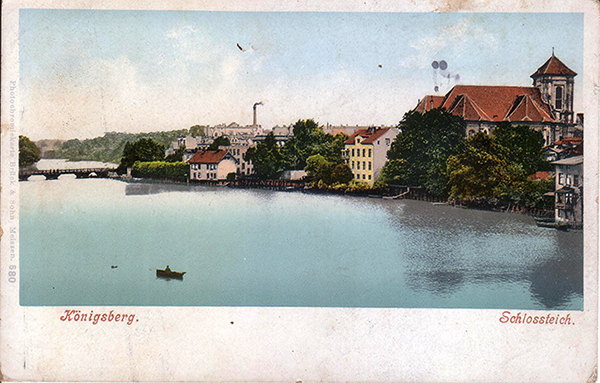
As mentioned earlier, publishers used different methods of printing postcards, even using the same photo image. Below are two postcards published by the Königsberg publisher O. Ziegler:
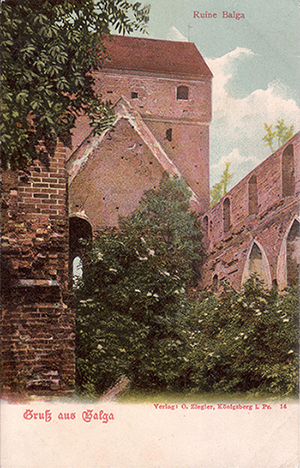
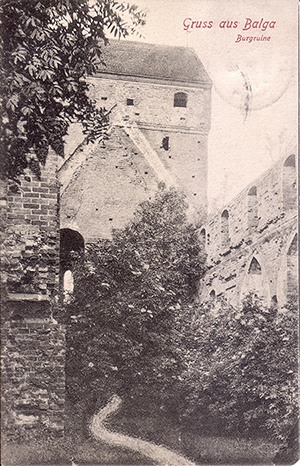
For some time, photogravure (German: Kupfertiefdruck, English: photogravure) was a common method of producing postcards. When making a printing form, a copper plate is etched in a special way. After etching, each element on the form acquires a different depth. The deeper the printing element, the more paint it contains and the darker this element will be on the print. Paint is applied to the plate, then the form is wiped dry, but at the same time enough of it remains in the recesses for transfer to paper. Obviously, this method was only possible to print monochrome postcards.
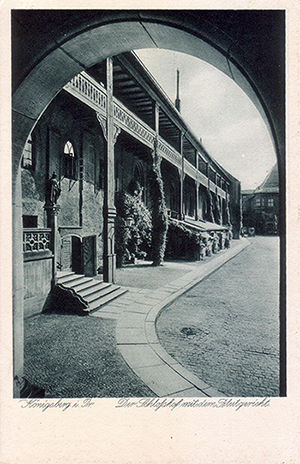
Often, the methods of printing postcards were indicated by the publishers on the back of the postcard.
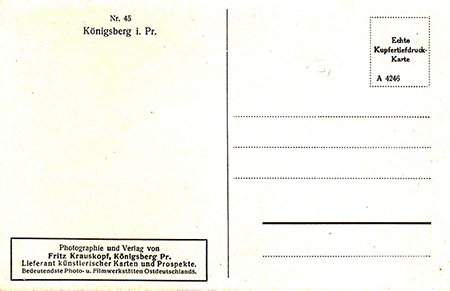
Without the constant improvement of photography, the progress in industrial postcard production that was observed at the end of the 19th century would not have been possible. To a large extent, this was facilitated by the emergence of numerous photo studios, as well as amateur photographers . The photos they took became subjects for postcards. Manufacturers of photo paper also kept up with the demands of professionals and amateurs of photography. It was the appearance of bromide photo paper that provoked the appearance of numerous so-called "real" (echte photographie and real photo) photo postcards. For many years, the largest manufacturer of bromide paper was the Neue Photographische Gesellschaft (NPG), founded in 1894 in Berlin by Arthur Schwarz, which also published numerous series of postcards, both landscape and portrait.
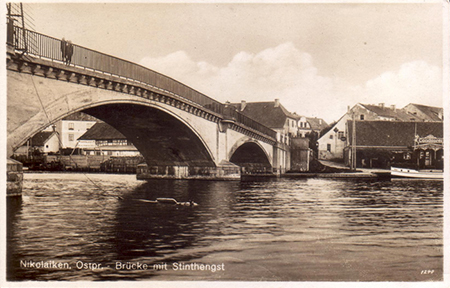

Let us add that over time, photo postcards began to dominate the market, gradually displacing more expensive lithographic, photochromic and other methods of postcard printing. In addition, with the end of World War I, the postcard boom in Europe began to decline.
